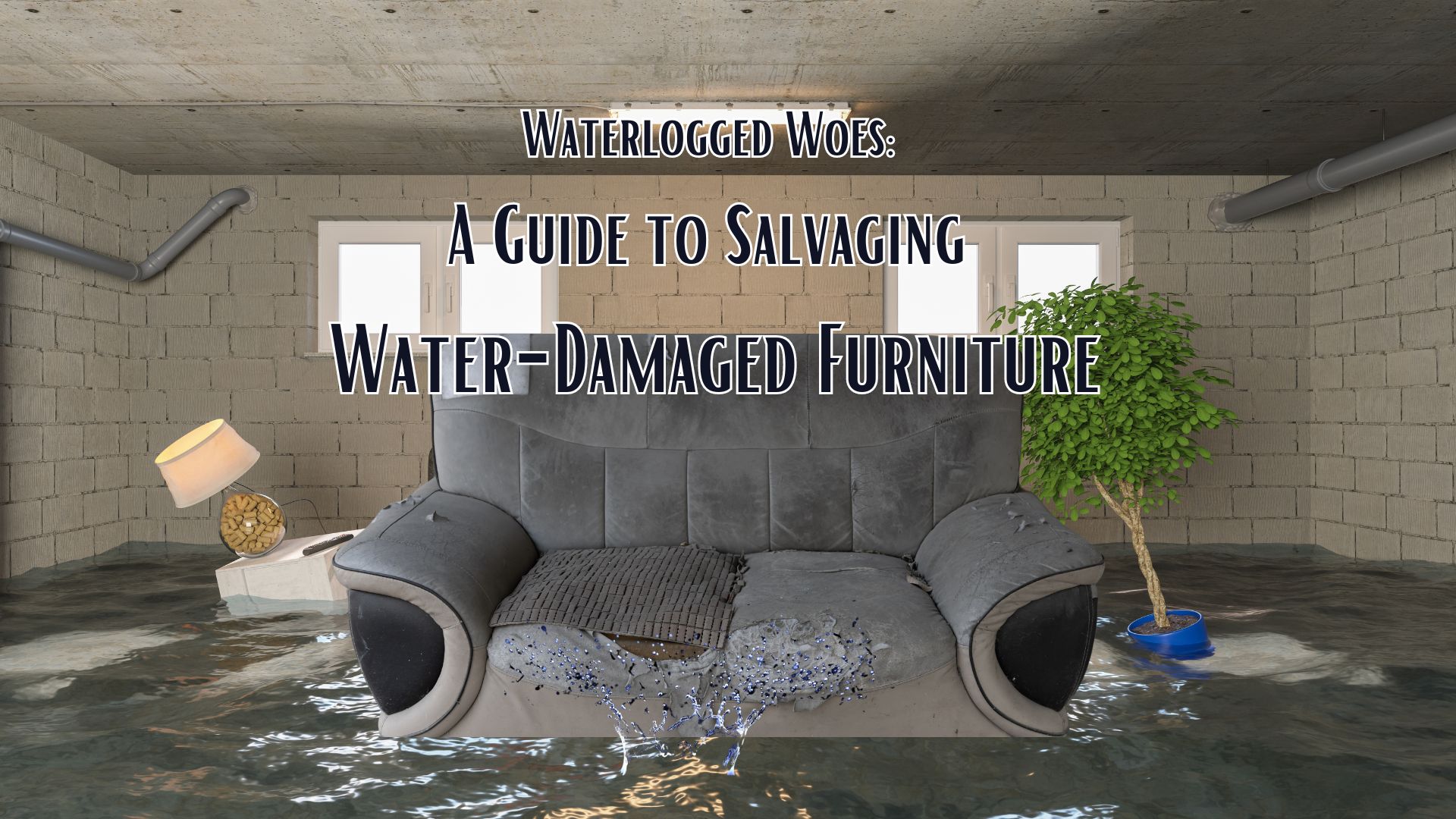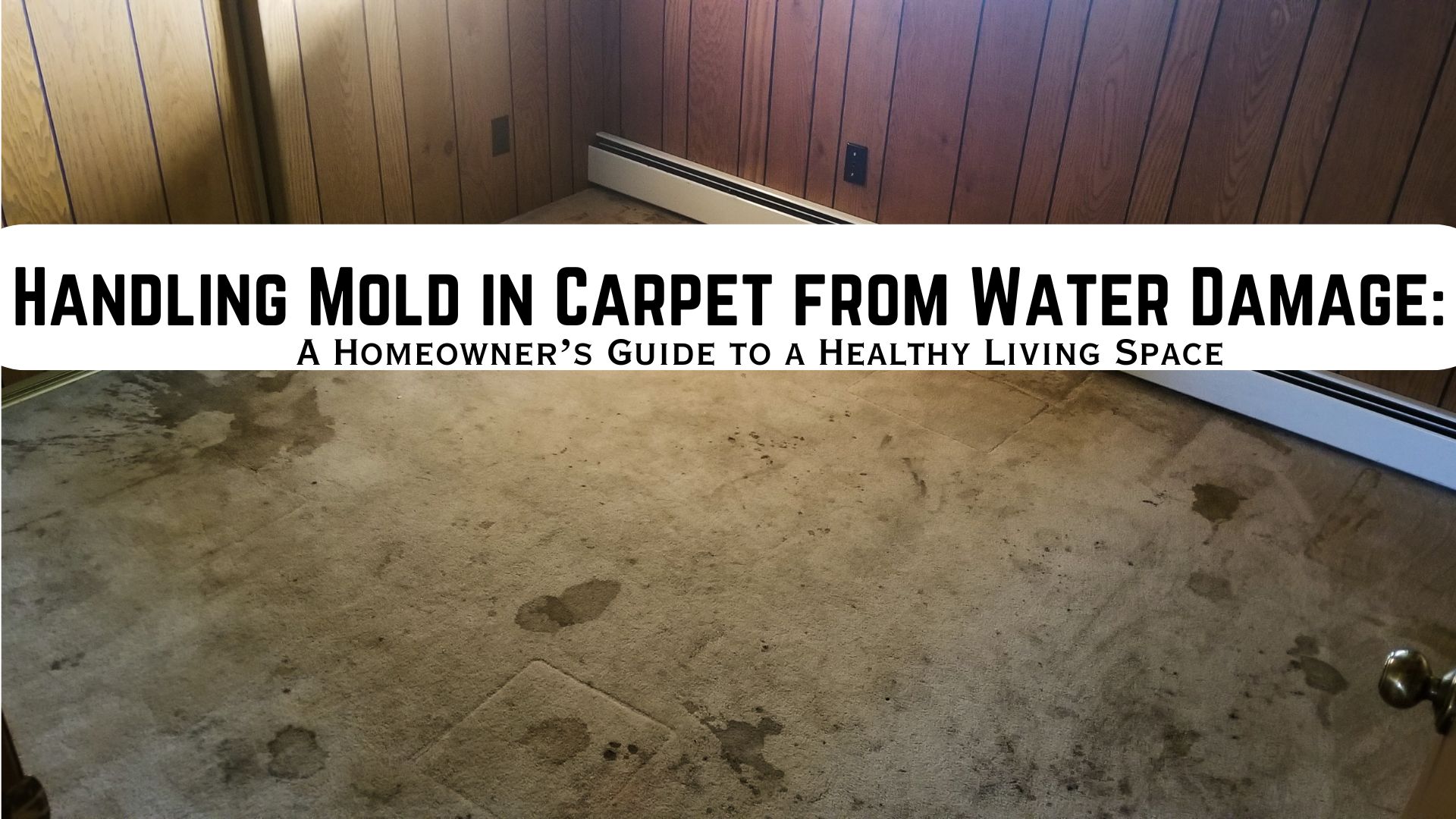Water is an essential resource for our daily lives, and it’s crucial to use it wisely and responsibly. When it comes to water usage, many of us are familiar with clean drinking water, but another type of water deserves our attention: gray water. And what is gray water? This blog post will explore what gray water is, its potential benefits, and its relationship with water damage.
What is Gray Water?
Gray water is wastewater from non-toilet sources within a household or building. It is generated from various activities where water is used, such as washing dishes, taking showers, bathing, and doing laundry. Unlike black water, which comes from toilets and carries higher contaminants, gray water is considered relatively clean. This is because gray water does not contain fecal matter or highly infectious substances found in black water.
Examples of Gray Water
- Sink Water: In the kitchen, gray water refers to the water that flows down the drain after activities such as washing fruits and vegetables, rinsing dishes, and cleaning utensils. The resulting wastewater is considered gray water when you rinse fruits or vegetables under the tap or wash your plates and cutlery after a meal. While this water may contain small amounts of food particles and grease, it can be relatively clean and suitable for certain non-potable uses.
- Shower/Bath Water: Gray water from showers and baths is another common example. When you shower or bathe, the water that goes down the drain is considered gray water. It may contain soap, shampoo, conditioner, and skin cells but doesn’t include human waste or other harmful contaminants in black water.
- Laundry Water: The water used in washing machines for laundry is also a significant source of gray water. When you do your laundry, the water used to wash your clothes becomes gray. It may contain detergent residues, fabric softeners, and small dirt from the washed clothes.
It’s essential to note that while these examples of gray water are relatively clean compared to black water, they should still be handled with care. Gray water should not be used for drinking, cooking, or other activities involving human consumption or direct contact with the water. However, gray water can be safely reused for certain non-potable purposes to reduce water waste and support conservation efforts.
When considering gray water reuse, it’s crucial to remember that the quality of gray water can vary depending on the source and the products used in household activities. Proper treatment and filtration may be necessary before using gray water for irrigation, toilet flushing, or other approved non-potable uses. Responsible gray water management can significantly reduce water usage and support sustainable water practices, making it an important aspect of eco-friendly living.
Benefits of Gray Water Reuse
- Water Conservation
Gray water reuse is a powerful strategy for water conservation. By diverting gray water from going directly down the drain and repurposing it for other non-potable uses, we can significantly reduce the demand for fresh, potable water. In many households, a substantial portion of water usage comes from activities like showering, doing laundry, and washing dishes. By reusing this gray water, we can conserve a considerable amount of clean water that would otherwise be wasted.
- Cost-Effective
Gray water reuse can lead to cost savings on water bills. When we reuse gray water for tasks such as irrigation, flushing toilets, or outdoor cleaning, we reduce the need for treated drinking water in these applications. Since treated drinking water is more expensive to produce and distribute, using gray water for non-potable purposes can help lower water bills for homeowners and businesses alike.
- Environmental Impact
Water scarcity is a global issue, and the strain on local water sources is a growing concern. By reusing gray water, we can alleviate pressure on water resources, particularly during droughts or in regions with limited water availability. Moreover, by reducing the demand for treated water, we can also lessen the energy consumption and carbon emissions associated with water treatment and distribution processes. This contributes to a more sustainable and environmentally friendly approach to water usage.
- Reduced Wastewater Discharge
Reusing gray water decreases the volume of wastewater discharged into sewage systems or septic tanks. This can help prevent overloading municipal wastewater treatment plants and reduce the risk of pollution in water bodies due to untreated or inadequately treated wastewater.
- Awareness and Mindful Water Use
Implementing gray water reuse systems encourages a shift in mindset towards responsible water use. Users become more aware of water consumption habits, leading to more conscious efforts to conserve water throughout their daily routines.
Gray Water and Water Damage
While gray water reuse offers numerous benefits, it is essential to recognize that gray water, despite being relatively clean, can still cause water damage if not handled properly. Gray water carries some level of contaminants, and when it is not appropriately managed or contained, it can lead to various issues, including:
- Structural Damage
Gray water can seep into building materials such as drywall, wood, and carpeting if it leaks or spills inside a property. Since these materials are porous, they readily absorb water, leading to swelling, warping, and weakening of the structure over time. The prolonged exposure to moisture can compromise the integrity of walls, floors, and ceilings, resulting in costly repairs and potential safety hazards.
Mold thrives in moist environments, and untreated gray water provides an ideal breeding ground for mold spores to flourish. When water from gray water leaks or spills is left standing or not adequately dried, mold can start growing within 24-48 hours. Mold not only damages surfaces and belongings, but it also poses health risks to occupants, causing allergic reactions, respiratory problems, and other health issues.
- Foul Odors
Stagnant gray water can emit unpleasant odors, making the living conditions uncomfortable and potentially hazardous. The smell can permeate throughout the affected area, affecting indoor air quality and creating an unpleasant living environment.
- Pest Infestations
Insects, particularly those attracted to moisture, are drawn to standing water from gray water leaks. Common pests like cockroaches and mosquitoes seek out these damp areas to breed and thrive. Consequently, infestations can occur, leading to further property damage and health risks.
Preventive Measures for Gray Water-Related Water Damage
To minimize the risk of water damage from gray water, it is essential to take preventive measures and handle gray water responsibly:
- Proper Plumbing Maintenance
Regularly inspect and maintain plumbing systems to identify leaks or issues promptly. Address any problems immediately to prevent water from leaking into unwanted areas.
- Immediate Cleanup
If a gray water spill or leak occurs, act quickly to clean and dry the affected area promptly. Use appropriate cleaning agents and disinfectants to reduce the risk of contamination.
- Proper Disposal
Ensure that gray water is disposed of responsibly and does not accumulate near the foundation of the building or areas susceptible to water damage.
- Adequate Ventilation
Maintain good ventilation in bathrooms, kitchens, and laundry areas to reduce moisture buildup, which can contribute to mold growth and foul odors.
- Professional Water Damage Restoration
In cases of significant gray water incidents or widespread water damage, it is best to seek the assistance of a professional water damage restoration company. They have the expertise, equipment, and experience to properly handle the situation, mitigate the damage, and restore the affected areas.
By understanding the potential risks associated with gray water and adopting appropriate preventive measures, we can enjoy the benefits of water conservation while safeguarding our properties from water damage and maintaining a healthy living environment.
Let Superior Restoration Help
Gray water is an excellent resource for water conservation and can play a vital role in sustainable water management. Understanding what gray water is and how it differs from black water is crucial for making informed decisions regarding its proper usage. By embracing gray water reuse and taking necessary precautions to prevent water damage, we can contribute to a more environmentally friendly and water-conscious society. Remember, the key is to balance the benefits of gray water with the potential risks, ensuring its safe and responsible application in our daily lives.
However, despite our best efforts, unforeseen water damage incidents can still occur, posing significant challenges for homeowners and property managers. In such distressing times, it’s essential to have a reliable partner to assist with water damage restoration. This is where Superior Restoration comes into play.
Superior Restoration is a leading water damage restoration company with a proven track record of helping homeowners and businesses recover from water-related emergencies. Here’s how they can be of invaluable help:
- Prompt Response: Superior Restoration understands that water damage requires immediate attention. They offer a rapid response team available 24/7 to promptly assess the situation and initiate the restoration process.
- Expertise and Experience: With years of experience in the industry, Superior Restoration’s team of experts is well-equipped to handle various types of water damage scenarios, including those caused by gray water. Their technicians are trained to handle water extraction, drying, sanitization, and restoration with precision and efficiency.
- State-of-the-Art Equipment: Superior Restoration utilizes the latest technology and advanced equipment to ensure effective water removal and drying. This helps prevent secondary damage like mold growth and structural deterioration.
- Comprehensive Restoration: Whether it’s a minor water leak or a major gray water spill, Superior Restoration provides comprehensive restoration services. From water extraction to rebuilding damaged areas, they offer an end-to-end solution to restore your property to its pre-damage condition.
- Insurance Assistance: Dealing with insurance companies during water damage restoration can be overwhelming. Superior Restoration’s team can assist in navigating the insurance claims process, easing the burden on homeowners and ensuring a smoother resolution.
- Focus on Safety: When dealing with gray water or any water damage, safety is paramount. Superior Restoration prioritizes the health and well-being of occupants and ensures that all affected areas are thoroughly sanitized and decontaminated.
Call the Superior Restoration team today for your water damage restoration needs.




